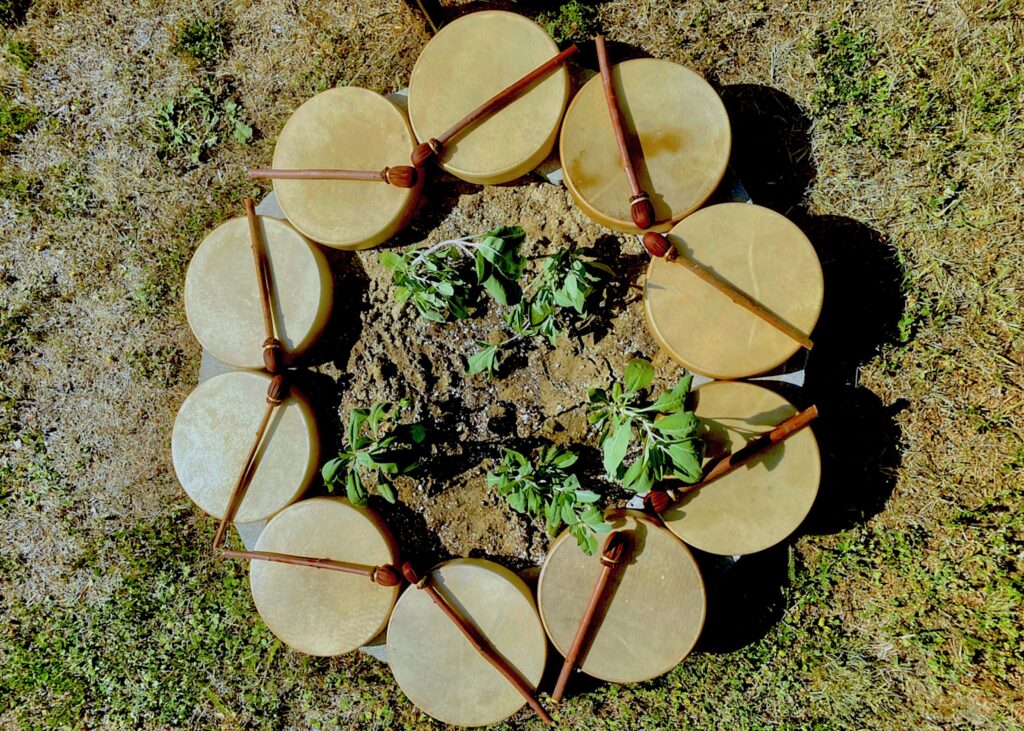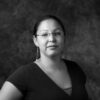How Do We Heal?

“How Do We Heal?” is part of the collection Indigenizing What It Means to Be Human. Read the introduction to the collection here.
Your definitions and observations don’t define us; you haven’t known us long.
We need to heal.
How can you understand what makes us human with your constant need to otherize?
We need to heal.
How can you hope to study our past without realizing we still remember.
We need to heal.
You habitually catalogue, store, and display pieces of our ancestors’ lives without truly knowing who they are.
We need to heal.
Definitions of culture are static, never changing to adapt; if our ancestors ascribed to these ideas, we wouldn’t be here.
We need to heal.
Survivors of collecting, being informants, bleeding out as we had our wrists slit for information.
We need to heal.
Artifacts dancing along the landscape by themselves, without people attached to them.
We need to heal.
Blue boxes of “things” sit on shelves waiting.
How do we heal?
Indigenous perspectives and worldviews are intertwined to create a better way forward.
We are braiding knowledge.
Realizing how much knowledge we carry by being part of the community; we do not need to be another to be objective.
We are interconnected.
Our people remember we will never forget our ancestors; all we need to do is listen.
We are reclaiming.
Repatriation is a hard word to hear; give back, allowing shared control, building capacity for our own development.
We are reclaiming.
We adapt; we’ve always adapted; we are the descendants who changed and grew to allow for the new.
We are here.
First eyes to lay upon our ancestral objects, move past two-eyed seeing; we need two-handed feeling too.
We are remembering.
Lay close to my heart as I realize my ancestor was the last to touch this.
We are remembering.
We bridge two worlds, collaborating, teaching, and defining community.
We are healing.

































